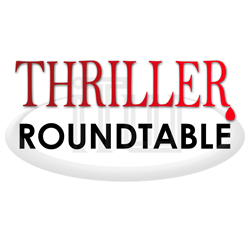

May 30th to June 5th: “Is fact really stranger than fiction?”
Is fact really stranger than fiction? This week, authors C. C. Harrison, Anna DeStefano and Andrea Kane discuss how to weave fact and fiction to make a really compelling story. Start June off right by following this can’t-miss discussion!
C. C. Harrison’s award-winning books include, THE CHARMSTONE, a mystery set on the Navajo Indian Reservation, that was called “An important book!” by Tony Hillerman. Next came RUNNING FROM STRANGERS, and SAGE CANE’S HOUSE OF GRACE AND FAVOR written as Christy Hubbard), which was honored at the Aspen Institute as a finalist in the 2010 Colorado Book Award. PICTURE OF LIES will be released October 2011. She is currently working on CEMETERY TREES, a Michigan mystery.
Anna DeStefano is the best selling author of romantic suspense for Harlequin and Silhouette and contemporary psychic fantasy for Dorchester Publishing. She’s won and finalled in numerous national contests, including twice winning the Romantic Times Reviewers Choice Award. She teaches craft workshops across the country and blogs regularly about both her writing experience and the fascination with metaphysics and parapsychology that led her to create her psychic-based Legacy Series. For more information, please visit Anna’s blog.
Andrea Kane‘s groundbreaking romantic thriller, RUN FOR YOUR LIFE, became an instant New York Times bestseller, paving the way for a series of smash hits. Her most recent triumphs, TWISTED and DRAWN IN BLOOD, featured the dynamic FBI team of Special Agents Sloane Burbank and Derek Parker. THE GIRL WHO DISAPPEARED TWICE introduces Forensic Instincts, an eclectic team of maverick investigators. With a worldwide following and novels published in over twenty languages, Kane is also the author of fourteen historical romances.
- LAST GIRL MISSING with K.L. Murphy - July 25, 2024
- CHILD OF DUST with Yigal Zur - July 25, 2024
- THE RAVENWOOD CONSPIRACY with Michael Siverling - July 19, 2024

